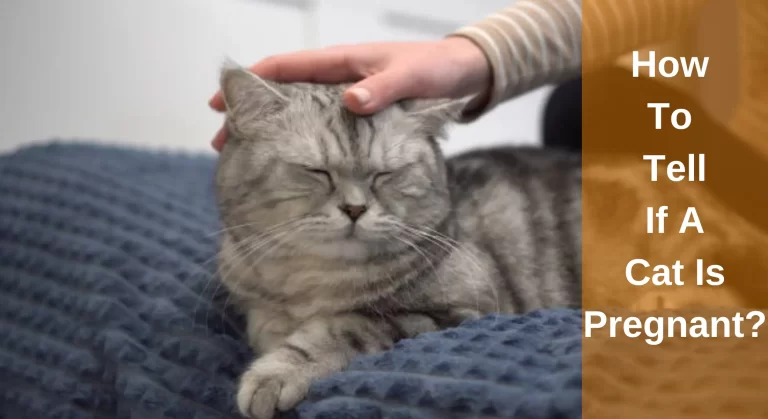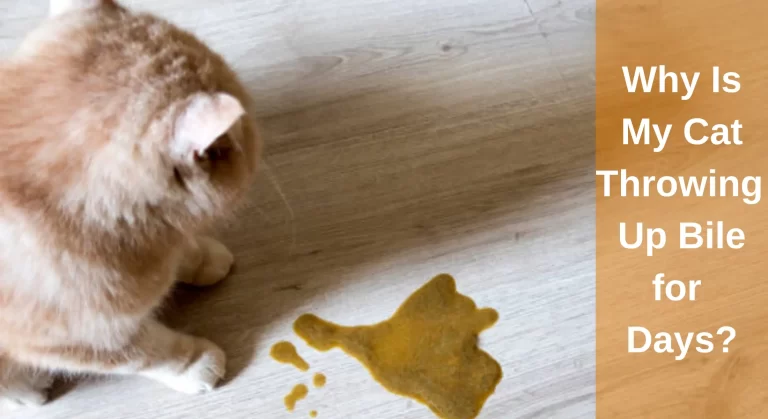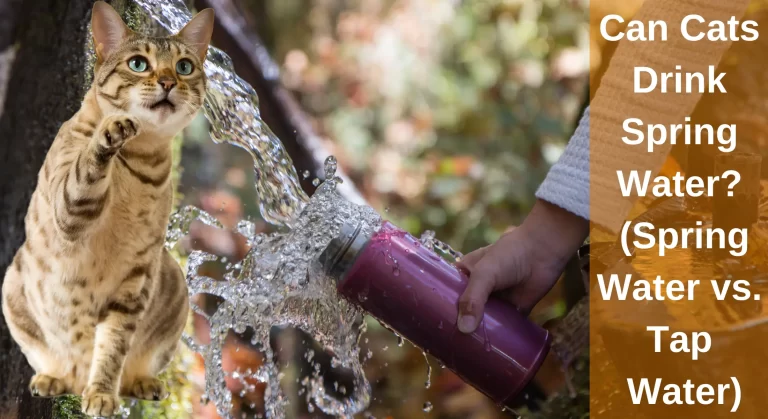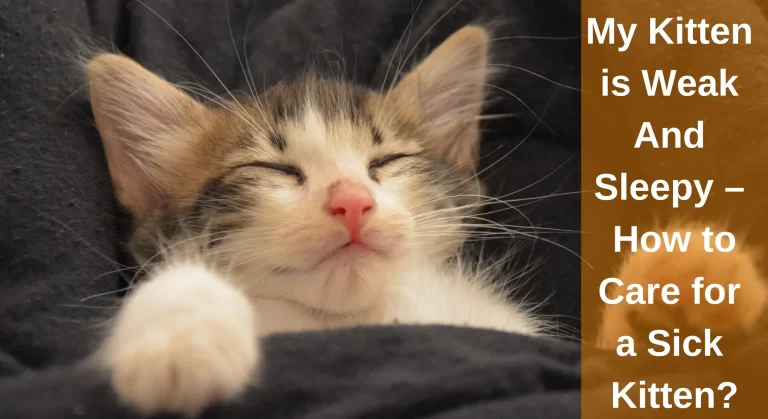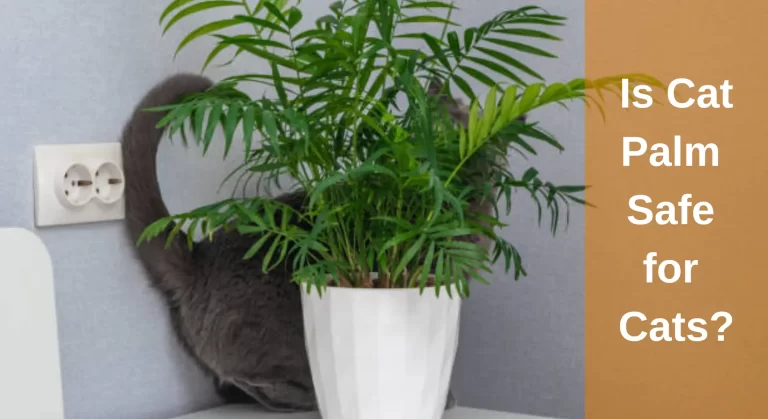Are Palm Leaves Poisonous to Cats? What You Need To Know
A palm is one of the most common plants and is easy to grow, care and maintain. It is characterized by its large leaves, called fronds, giving off a tropical appearance. It is the most popular genuine and artificial plant purchased by house owners who wish to freshen up their surroundings. Home and office spaces are decorated with palm plants to create a relaxing, comfortable atmosphere.
It is important to proceed with caution before planting a beautiful flower garden if you have a cat. The world is filled with beautiful flowers, but not all are cat-safe. Before selecting any flora, check that it is neither poisonous nor allergic to your cat.
So, are palm leaves poisonous to cats?
The leaves and palm trees of palm trees cannot be poisonous to cats in normal circumstances. Although not all palms are poisonous, some – such as the sago palm tree, which isn’t even a palm but a cycad– are very dangerous to cats and dogs. When working with Sago Palms, even humans need to wear gloves.
Due to the toxins they carry, cats are bad for other palm-like plants, including Dracaenas and Yuccas. The Majesty Palm, frequently offered at big-box shops like Amazon and IKEA, is the most well-liked and safe for cats and dogs.
In this article, we look at these plants (pet-safe and non-safe palm plants ) in greater detail to better understand what they are all about and how you can keep your cat healthy and safe around these plants.

Are Palm Leaves Healthy for Cats?
A cat can acquire all the nourishment they need through its regular diet, not from eating palm leaves. Felines are hypercarnivores, meaning they can only consume meat products to stay alive, not vegetation. If you provide your feline with a nutritious, high-protein meal, they won’t require any further care to stay fit.
However, palm leaves don’t pose any harmful effect on your cat, but still, it also doesn’t offer any advantages.
Even though your cat enjoys chewing on the leaf, it shouldn’t be eating them daily because, being a carnivore, its body isn’t habitually digesting vegetation.
Check Out: Are Ferns Toxic to Cats?
Indoor Non-Toxic Palms that are Cat Safe
- Parlor Palm: A relatively small plant with a squat shape, parlor palms grow to two meters in subtropical gardens and just over one meter indoors.
- The Ponytail Palm: A ponytail palm is characterized by its thick, bulbous stem and its crop of curly fronds emerging from its crown. Cats are particularly intrigued by it.
- Areca palms: Bamboo-like Areca palms can grow as large as two meters in the indoor environment because of their fast growth and dense foliage.
- The Majesty Palm: It is less likely that Majesty Palms or Chinese Fan Palms would be the right plant for your garden since they are not as widely available commercially as the other options.
Popular Garden Palms That Are Poisonous to Cats
North America’s warmer climate is perfect for some larger palm species. The Phoenix, the Washingtonian, and the Mexican Fan Palm are examples.
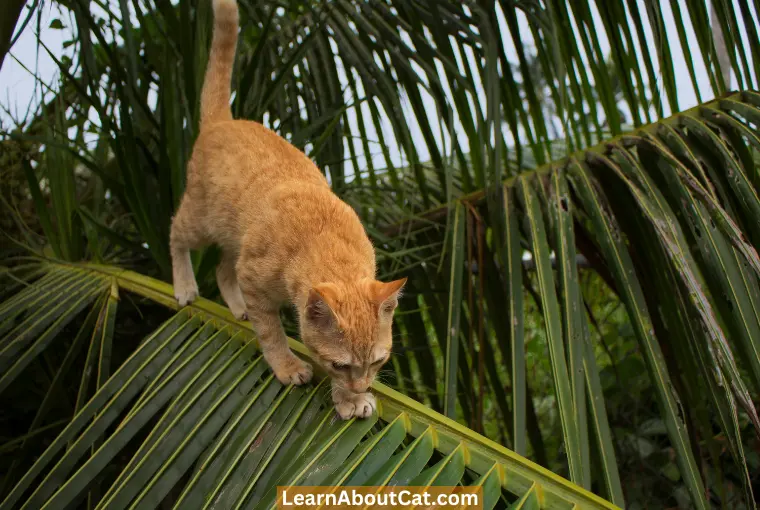
While still young, plants develop defences against predatory animals. The razor-sharp leaves might cause significant injury to your cat’s flesh.
Although the prickly covering should deter any curious cats, numerous have been spotted climbing up palm trees or foraging on fallen leaves despite these apparent warnings. Falling leaves have hefty, sharp edges.
Also dangerous are the large palm fruits. Some seeds have caused property damage; some can weigh up to 50 pounds.
If handled carelessly or trodden on while barefoot, the small Caryotas or Fishtail palm fruit is toxic enough to itch your skin and your cat’s. If your cat eats them, it will feel sick to its stomach.
Find Out: Are Roses Poisonous to Cats?
Identical Palms that are Poisonous to Cats
Cats should not be around sago palms, Dracaenas, or yucca plants, which mimic palm trees.

1. Sago Palm
The Coontie or Cardboard Palm, sometimes known as Sago’s interpretation of a palm tree, is a cycad.
Sago palms are beautiful houseplants and a favourite among bonsai enthusiasts, but you must keep them away from curious cats and children.
Your cats could like the trunk as a scratching post, but they wouldn’t like the prickly, somewhat inflexible leaves. The seeds, however, are bright, elliptical objects that could attract your eye.
Even in its smallest size, every part of the plant is deadly to people and animals, with the seeds being the most hazardous. One of these is cyasin, a neurotoxic and cancer-causing substance that causes vomiting, diarrhoea, convulsions, and liver failure.
Inflammation of the digestive tract can cause severe dehydration; over time, impaired liver function can cause permanent systemic harm. Even if it is ideal to see a veterinarian as soon as possible, there is no assurance that the poison will result in
2. Dracaena plant
Exotic indoor plant plants known as dracaenas resemble miniature palm trees. Due to the saponins in this plant’s leaves, they’re said to be harmful to felines.
These bitter-tasting sugar compounds shield the plants against pests and predators. Saponins can be found in vegetables like spinach and oats in quantities safe for humans and animals.
But, in houseplants, if your feline eats leave that include saponins, call your veterinarian right once. The following are signs of saponin toxicity:
- Vomiting
- Diarrhoea
- Reduced hunger
- Sagging
- Enlarged eyes
- Bloody stools
Felines can typically make a full recovery within a couple of days with prompt, encouraging care and therapy. But that relies on how quickly you identify and address the issue. Strong treatment is required if a lot of saponins are eaten.
You should call a vet as soon as possible if you think the cat has eaten any leaves and is exhibiting any symptoms.
3. Yucca plants
Yucca plants resemble palm palms when they are fully grown. Yuccas come in 40 distinct types, many of which are popular houseplants and garden plants. Sadly, they do so for the same reason that dracaenas poison cats and dogs. The leaves contain a steroidal chemical called saponin.
The leaves harm little kittens. Because of the bitter saponin they contain, the leaves are unpleasant to consume. Remember that the palm tree you bring home must be cat-friendly, non-toxic, and not dracaena or yucca.
What are the Symptoms of Sago Palm Poisoning in Cats?
Regardless of its name, the Sago Palm isn’t a palm tree. It’s a cycad, dangerous to both people and animals. It is simple to believe that this plant is safe for cats because most palms are.
But if your felines consume it, the poison in a sago palm which is known as Cycasin (carcinogen), may cause cat sago poisoning.

Because they contain the most cycasin, the seeds are the part of the plant that is most dangerous.
Sago palms are toxic in all of their components, but cats are more susceptible to the seeds (also known as nuts), which are also easier for cats to eat than the prickly fronds.
Even a tiny dose of the plant may have negative consequences. There are several dangerous compounds found in sago palms. These chemicals may adversely, and affected cats may exhibit symptoms:
- Vomiting
- Diarrhea\weakness
- Drooling
- Liver damage
- Damage digestive tract
- Increase thirst
- Loss of appetite
- Adversely affect the neurological system
- Convulsions
- Experience internal bleeding (such as nosebleeds, blood in the urine, or blood in the stool),
- Dark faeces
- Low blood glucose-related bleeding
Sago Palm toxicity effects can start to show up as soon as 15-20 minutes after eating. However, they sometimes take longer. Don’t wait to call your veterinarian or bring your feline in for medication if you observe any of these signs.
If Sago Palm toxicity isn’t controlled, liver failure and malfunction may develop very quickly. If you want to keep your feline safe from sago poisoning, avoid placing them inside or outside your home.
Cats can snoop Sago Palm plants outside or inside your house, so you should not place them anywhere your cat can reach them.
Also, Check Out: Is Peperomia Toxic To Cats?
Are Fake Palm Trees Toxic or Poisonous To Cats?
Artificial palms aren’t poisonous to cats. There is no toxicity in an artificial palm plant. It doesn’t harm cats. An artificial palm tree is the better decision if you’re concerned about your cat’s consuming real palm and getting gastrointestinal infections.
However, even fake palms aren’t harmful to felines to consume, but still, they’re fake, and if cats consume them in bulk, they may get digestive issues.
Besides poisoning, buying a fake palm plant has a lot of benefits. They don’t need to be watered. They aren’t sun-dependent. When bought from a quality artificial plant company, they almost look like real plants.
Find Out: Are ZZ Plants Toxic to Cats?
How Do I Stop My Cat From Eating Indoor Palm Plants?
You can stop your felines from consuming fake or real palms because they always like to chew interesting and exotic-looking things. So, here I’ve suggested a few tactics that will help you to protect your palm plants from your cats.
1. Change the Place of Your Plant
The most important strategy is to place your plant away from your felines at some unreachable spot. Since cats can climb, doing so isn’t impossible, but putting your pots in some heightened place may not be the best idea.
So, to avoid this, you can place your plants securely in a swinging basket by hanging plants high where your cat can’t climb on anything to get to them.
Your plants, however, will be secure from your cat’s reach since she can’t climb up to them. This is a particularly effective tactic when you have palms that your feline may find harmful.
2. Make Your Palms Unpleasant
Making the palms taste unpleasant to your feline is another smart move. Cats frequently like the flavour of vegetation, so they keep coming back to chew on them.
Citrus is unpleasant to felines both in flavour and aroma, so sprinkle your plants with a solution made of water, citrus, lemon, or citrus fruits.
The scent of the tangerine is frequently sufficient to deter your cat. If your cat chews, a citrus flavour may deter her from doing it again.
Try adding vinegar if the flavour and scent of the orange don’t deter her. Cotton balls should be soaked in a vinegar mixture before being placed on top of your vegetation rather than spray vinegar directly on them.
Your cat won’t be drawn to the scent of the vinegar, breaking her behaviour of consuming or having fun with the plants.
3. Provide Your Cat With her Plants
Provide your feline with a lawn with her own plants to nibble if she absolutely can’t avoid the delicate leaves of new plants.
You may give your feline a variety of fragile plants that are both protective and beneficial for her. After all, catnip and pet grasses from a pet goods store are the preferred plants in the feline universe.
Your feline may enjoy a peppermint shrub because some animals are drawn to the aroma of mint. If you put these pet-friendly plants in their favourite hangout spots, your cat will quickly stop caring about your potted plants.
4. Distract Your Cat
If you do notice your cat eating your houseplants, your first aim should be to divert her attention. If you throw a toy over her, she’ll be diverted and chase the toy.
Moreover, clapping with your hands and shouting her name or saying “No!” aloud will grab her focus.
But if everything else fails, you can try to scare cats away from your houseplants with a spritz from a plastic bottle but never target their face.
Once your cat understands that consuming and engaging in plant-related activities is improper and even hurtful, she won’t touch your plants again.
Frequently Asked Question
Can cats eat palms without risk?
Although pets may be wary of palms, the parlour palm is non-toxic. This tall, beautiful plant grows well in reduced lighting settings and is safe for dogs.
What is a good palm to grow indoors if you have cats?
Ten different varieties of lady palms are good for homes with cats. They aren’t harmful and smaller compared to the more well-known palms.
Their primary characteristic is their capacity to take ammonium from the air, which helps neutralize the kitty litter odour. You can put them closer to your cat litter box to efficiently eliminate any foul odours.
Are majesty palm plants poisonous to cats?
Although majesty plants aren’t poisonous, if your cat consumes them in bulk, it could cause digestive issues since cats’ digestive systems aren’t habitual of vegetation, so they may get into trouble.
What leaves are toxic to cats?
The following plant’s leaves are toxic to cats:
· Easter tulips
· Amaryllis leaves
· Rhododendrons leaves
· Cane toad
· Chrysanthemum leaves
· Daffodils leaves
· Kalanchoe leaves
· Lily leaves
· Sago leaves
Are most palms safe for cats?
Cats can safely consume all genuine palms. However, a gang of palm-like creatures may cause mayhem. The perennial cycad palm family, which includes the Cycas, Sago, and Zamia genera, is connected to palms that are good for cats. These palms have the potential to kill felines if consumed by them.
Wrap Up!
Palm leaves do not contain poisonous substances and do not provide any nutritional value for cats, although the thorns may hurt your cat’s teeth and cause digestive issues. Therefore, the best thing you can do for your cat is to keep palm leaves away from him.
If your cat consistently eats plant leaves, make sure that it is not suffering from a medical condition that may be causing this behaviour. Ensure the diet meets the nutritional requirements of your cat. Please consult your vet; he can assist you in identifying the cause of your cat’s plant-eating behaviour.
Related Posts:
Who is Isabella?
My name is Isabella, and I am a dedicated and knowledgeable cat enthusiast. With years of experience caring for cats and a deep love for felines, I made a mission to help other cat lovers navigate the challenges of cat ownership.

